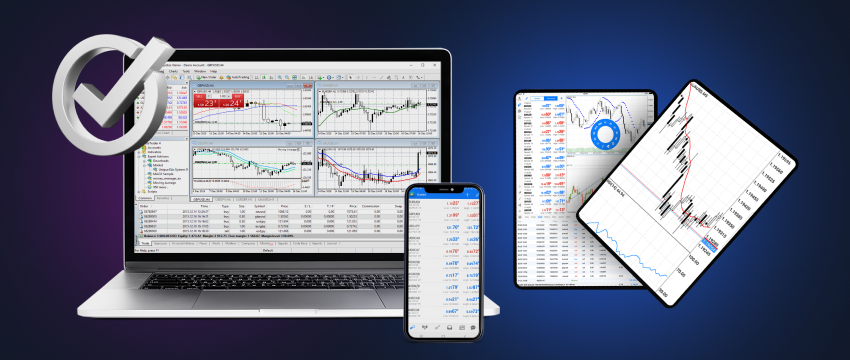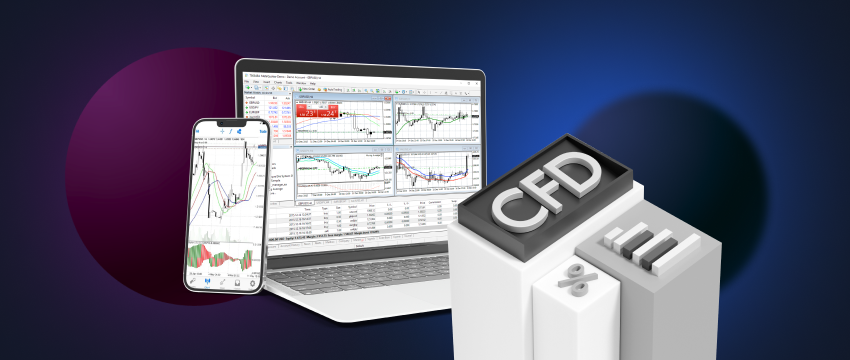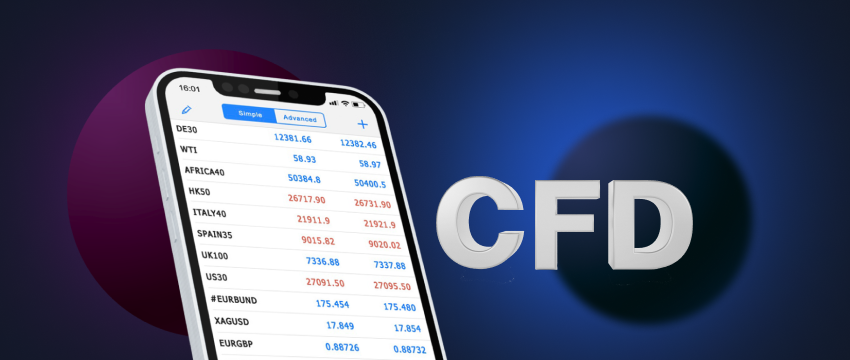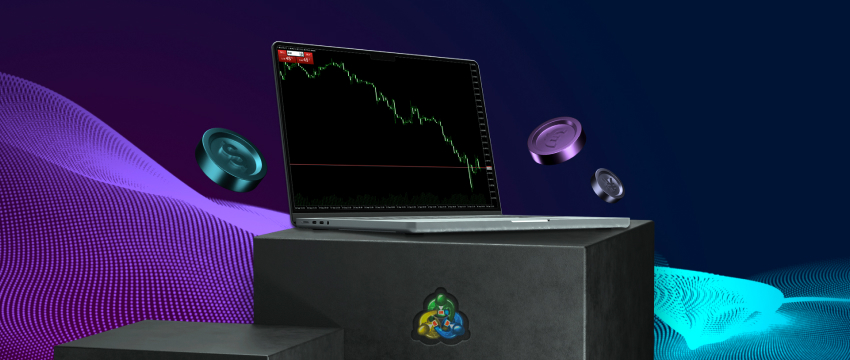Trading can be an exhilarating experience, particularly if you’re someone who enjoys the thrill of fluctuating markets and aggressive price movements. In this article we’ll discuss why traders choose CFD trading and if it’s such a good idea.
CFDs are highly leveraged financial derivatives which traders use to speculate on the direction a price will move. When buyers and sellers enter into CFDs, they agree that the buyer will pay the seller the price difference of the underlying asset between the time the contract was opened and it is closed is stated. Each CFD may be linked to a different asset, depending on your preference for the financial market. This includes stocks, indices, cryptocurrencies, forex, metals, commodities, etc.
But what makes CFD trading such a good idea? Why do traders choose to trade CFDs when it comes with it so much risk due to leverage? There are many reasons. Let’s look at some of them.
1. Potential for gains
Despite the risk that leverage exposes a trader to, it also offers the opportunity for them to maximise profits. Saque partido a las is essentially borrowed funds which a trader uses to enter trades beyond what their account balance would usually permit. This increases the possibility of making larger gains off larger positions. Regardless, however, unless handled cautiously, leverage can rapidly lead to devastating capital losses.
2. Diversifying your CFD trading portfolio
Another reason traders choose to engage in CFD trading is for portfolio diversification. Diversification enables a trader to enter and exit multiple trades across different financial markets. By not putting all their eggs into one basket, the risk is more widely spread. Further, the trader can also potentially earn more gains on more diverse market opportunities. This leads us to the next why, i.e., why traders trade CFDs.

3. Access to global markets, 24/5
CFDs give traders access to a variety of global markets. In turn, they can trade various financial instruments. With CFD markets being open 24/5, traders can also respond to global economic developments, news announcements or events, as they happen. This makes for better informed and more optimised trading decisions.
4. You don’t have to own the underlying asset
A CFD trader is not obligated to own the underlying asset. Instead, they simply have to speculate on the price movement of the asset. Not having to take physical ownership of the asset removes the need for storage, insurance, etc.
5. Price speculation and trading on margin
CFDs enable traders to speculate on both rising and falling markets. This means they can take short positions, allowing them to profit from assets that are expected to decline in value. CFDs are also traded on margin. This makes it easier to enter and exit positions quickly. This is because they generally offer a higher level of liquidity compared to some physical markets.
6. Hedging to offset risks
CFD trading is also popular because it can be used as a hedging tool to offset risks in an existing investment portfolio. CFDs can also be used as a hedge to protect against potential losses in a trader’s existing positions.
Conclusión
There are many reasons that a trader will engage in CFD trading. However, because of the risk that leverage brings with it, traders must be vigilant to safeguard their funds. This includes having in place an effective risk management plan. One that takes into consideration the trader’s risk tolerance, their level of expertise, and trading objectives. It must also include stop-loss orders and take-profit orders to further protect the trader’s capital.

CFD trading and education
More than just a strategic risk management plan, a trader should also engage in ongoing learning. This is to ensure the trader has a proper understanding of what CFD trading entails and the risks involved. But what does this learning look like? Well, trading education can take various forms:
- Webinars and live seminars. Trading experts and educators often conduct live webinars and seminars, where they share their insights, experiences, and trading techniques with participants. This format allows for real-time interaction and Q&A sessions.
- E-books and blogs. A wealth of e-books and blogs on trading are available online, most of which cater to traders of different skill levels. These resources can cover a wide range of topics, from basic concepts to advanced trading strategies.
- Podcasts and videos-on-demand. Traders can also find a plethora of podcasts and videos to learn more about CFD trading. They serve as great educational resources in that they cover various investing and trading topics. Podcast interviews also serve as a great way to learn from experienced or renowned traders.
- Online forums and communities. There are millions of traders across the globe, many who engage in CFD trading. These traders often interact in online forums and communities, creating spaces where trading insights are shared. These communities can provide valuable support too.
- Opening a demo trading account. Opening a demo trading account with a reputable broker de CFDs is another great way to learn more about CFD trading. A demo account offers a simulated trading environment in which you can practice trading, execute trading strategies, and assess outcomes. This is made possible using virtual funds, so you don’t put your own money at risk. A demo trading account can also teach you more about financial markets, how they operate, how assets are traded, etc. You can discover more about market trends and price movements as well. A demo trading account can also help you build the confidence you need before moving to live trading. This is particularly helpful as trading can become very emotive if you don’t have a proper handle on your psychology. Having the chance to become more confident in your abilities as a trader will help make real-life trading a more seamless, less scary experience.

Trading CFDs with T4Trade
T4Trade is a leading global forex broker, popular among traders worldwide. Its appeal lies largely in the fact that it offers multiple account types, flexible leverage, and tight spreads. Traders can also enjoy fast executions, and quick and easy withdrawals or deposits. In addition, T4Trade’s multilingual client support team is on hand 24/5 to provide support and insights to its traders.
T4Trade also strives to help its traders become better skilled to achieve positive trading outcomes. The broker does this through its MT4 trading platform which comes with robust tools and functionalities required for trading. This includes advanced technical analysis tools, automated trading, Expert Advisors, innovative charts, and so much more. T4Trade also offers extensive resources for continuous learning through its T4Trade Academy. This includes videos, webinars, podcasts, and Live TV. Its informative blogs deliver many crucial trading insights, tips and ideas for boosting your knowledge and expertise.
Consider opening a demo trading account with T4Trade today and get started on your CFD trading journey!
DESCARGO DE RESPONSABILIDAD: Esta información no se considera un consejo de inversión ni una recomendación de inversión, sino una comunicación de marketing.




